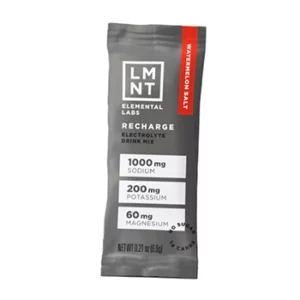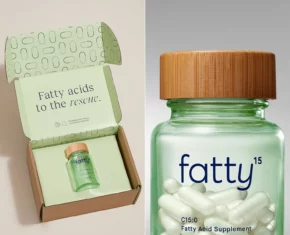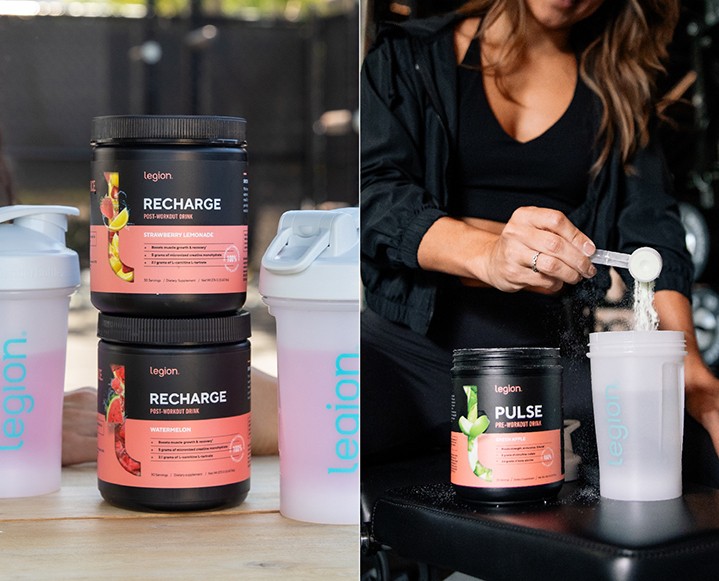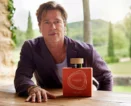We’re creeped out and curious: the FDA’s recent ban on triclosan – a key ingredient in antibacterial soaps and sanitizers – has us purging those straggling anti-bac packs, and wondering about all the other questionable, but “approved” ingredients in our home and skincare products. Amy Ziff of MADE SAFE is weighing in again, addressing everything we need to know about this change in regulation…
What Is It? Triclosan is a synthetic antimicrobial, which means it’s designed specifically to kill germs, and as such, it’s also a registered pesticide most often found in soaps and detergents. It was initially made for hospital environments, as a surgical scrub for medical professionals. However, over the last 30 years it has found its way into everyday products, and mounting research on its harm to human health shows that it’s much too harsh for everyday use.
Triclosan is a hormone disruptor that impacts the thyroid and is linked to increased risk of breast cancer. It bioaccumulates (builds up in our bodies) and has been found in breast milk and the umbilical cords of babies. It is toxic to the environment, too. As a microbe-killing agent, it’s actually been shown to be substantially more likely to kill aquatic life like algae, crustaceans and fish. In addition, triclosan has been shown to contribute to the rise of “superbugs,” which are bacteria and viruses that have become resistant to antimicrobials and antibacterials.
The bottom line: Studies show that this harmful chemical is no more effective at preventing disease than plain soap and water.
The Recent Ban on Triclosan: The Food and Drug Administration (FDA) announced in September that it’s banning the use of triclosan in antibacterial hand soaps after years of petitioning from numerous NGOs. Companies that use this ingredient in their soap will have one year to remove it.
This is a step in the right direction. Unfortunately though, triclosan is still used freely in a wide range of consumer products, including personal care products like some acne treatments, toothpaste, mouthwash and deodorant. It’s also still used in some dish soaps, and in some not-so-obvious products like socks, mattresses and kitchenware like cutting boards and lunch boxes.
How to avoid It: For the next year, avoid antibacterial hand soap with triclosan on the label. Wash your hands with plain old soap and water, and scrub for at least 20 seconds (the amount of time it takes to sing Happy Birthday in your head), according to CDC recommendations. Read labels of personal care products and dish soap to avoid triclosan. Avoid products labeled or marketed as “antimicrobial” or “odor fighting.” Our MADE SAFE seal does not allow known endocrine disruptors like triclosan, or any other chemicals known to harm human health or the environment.















